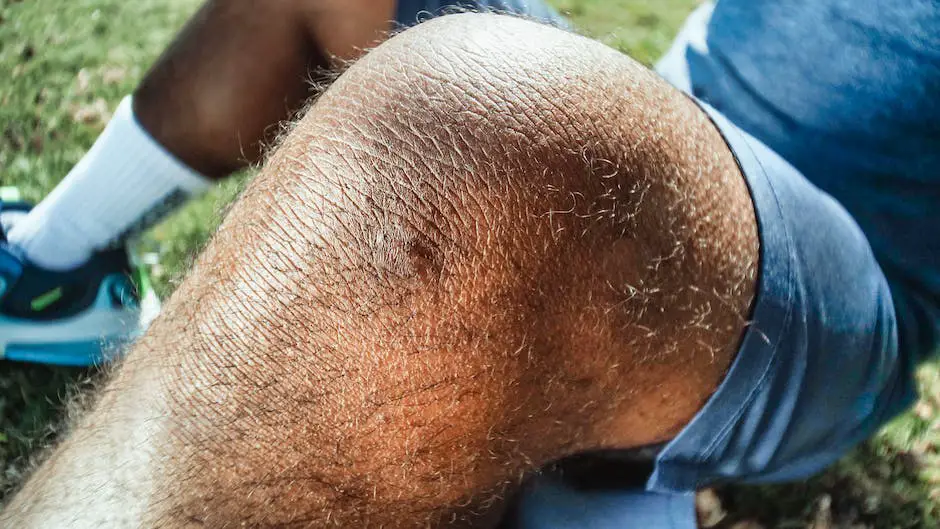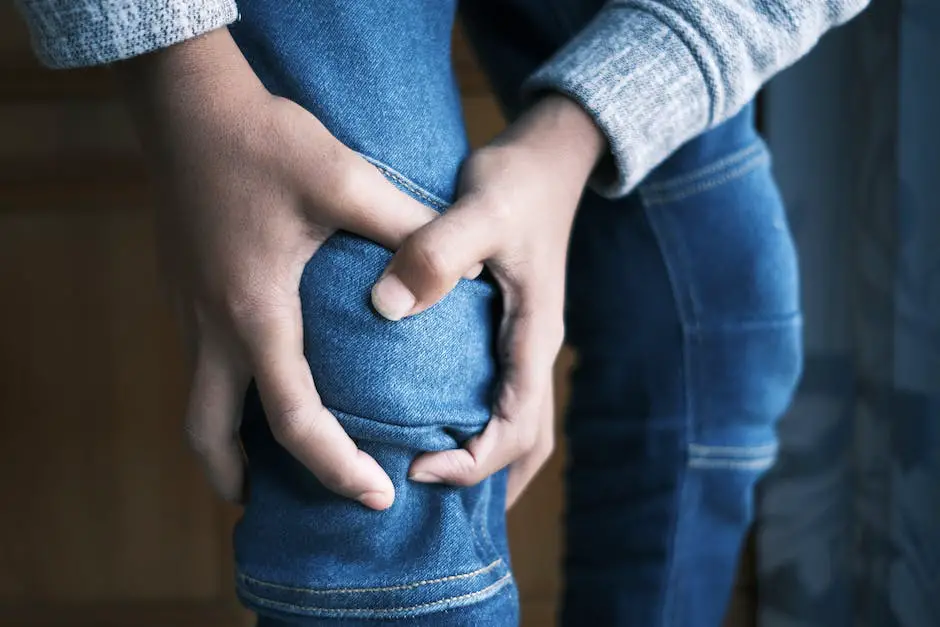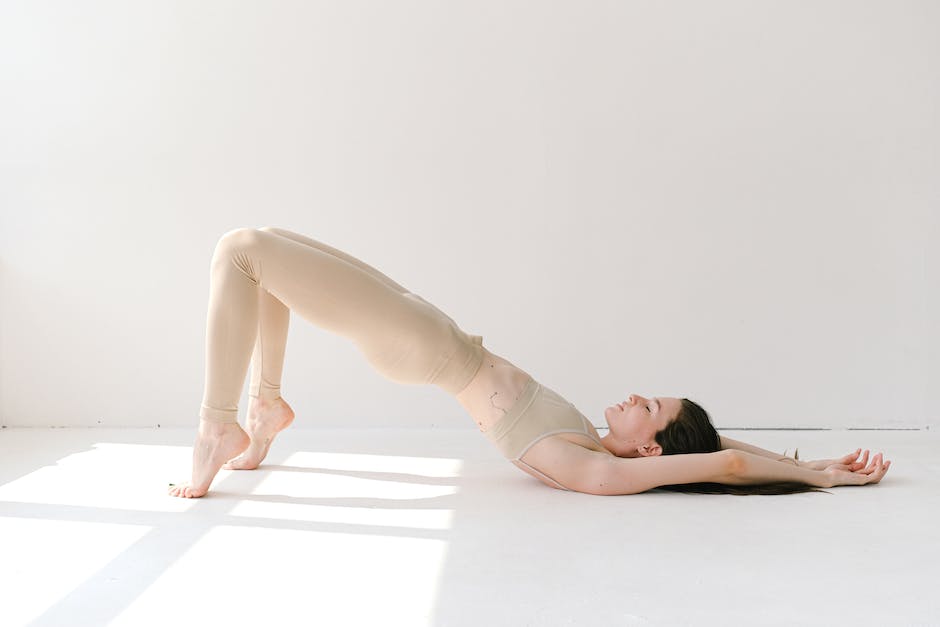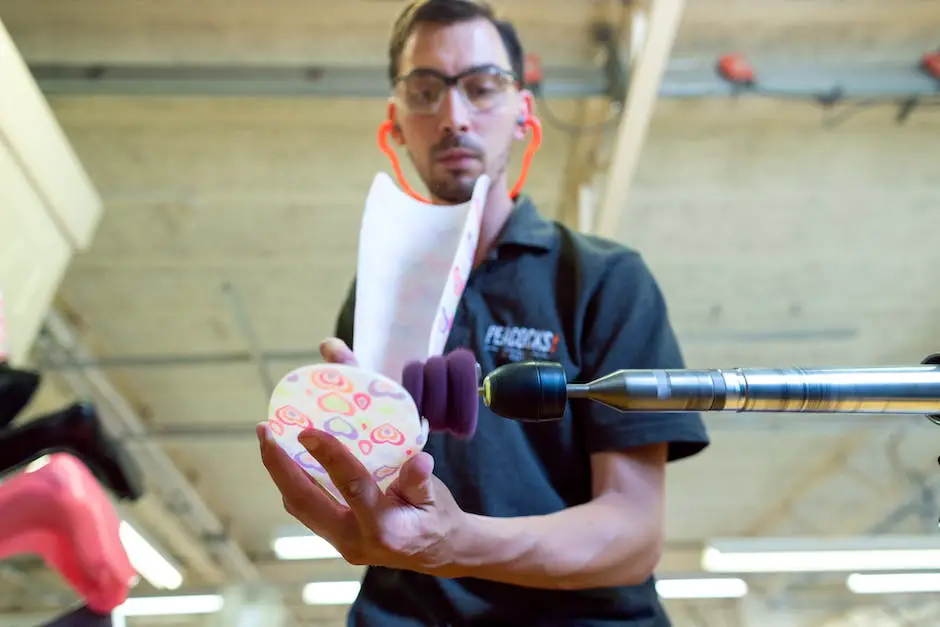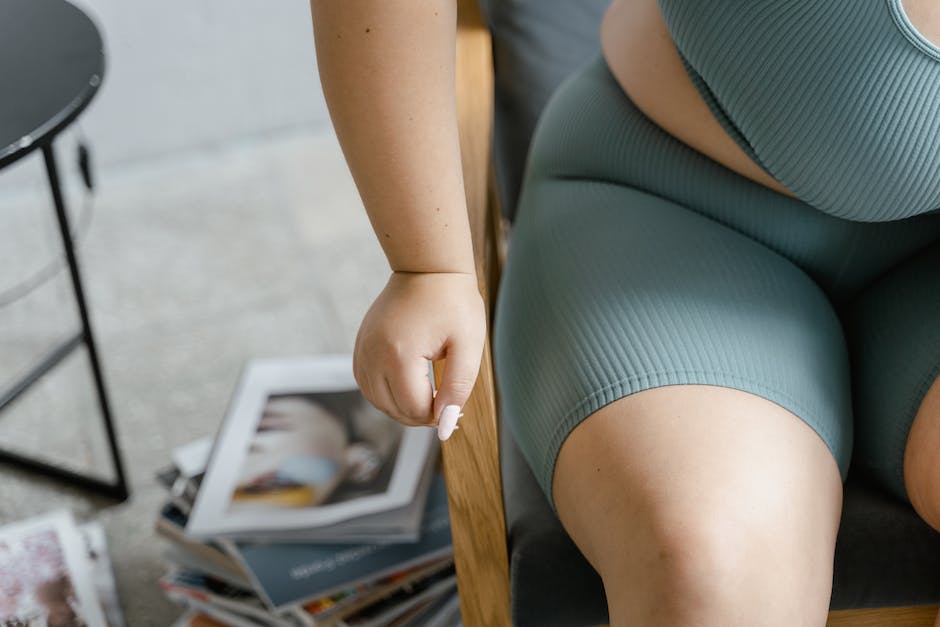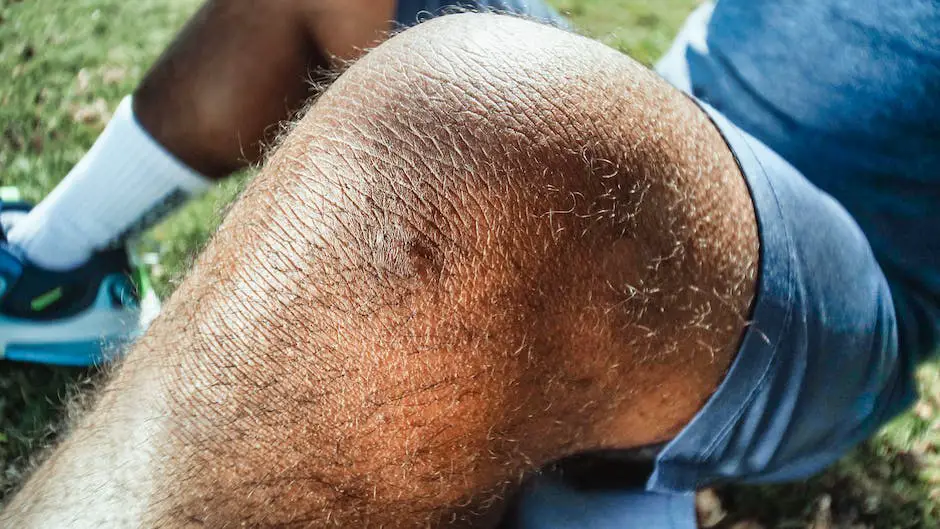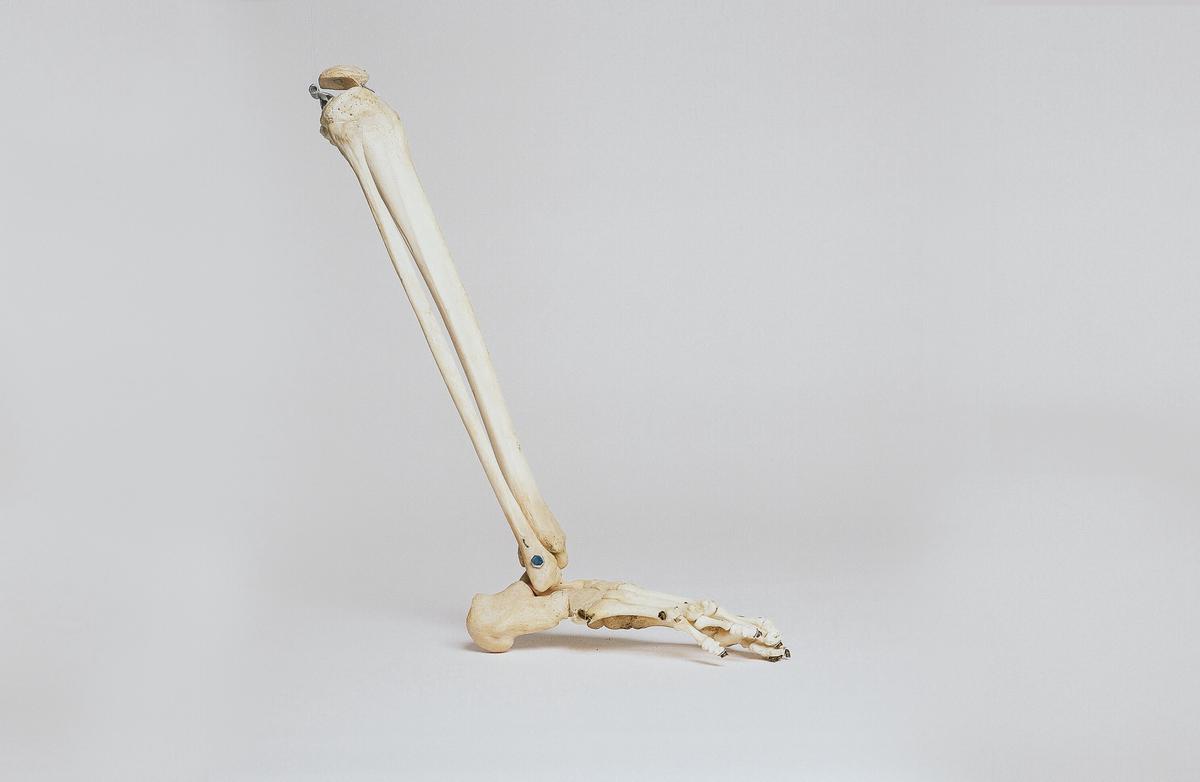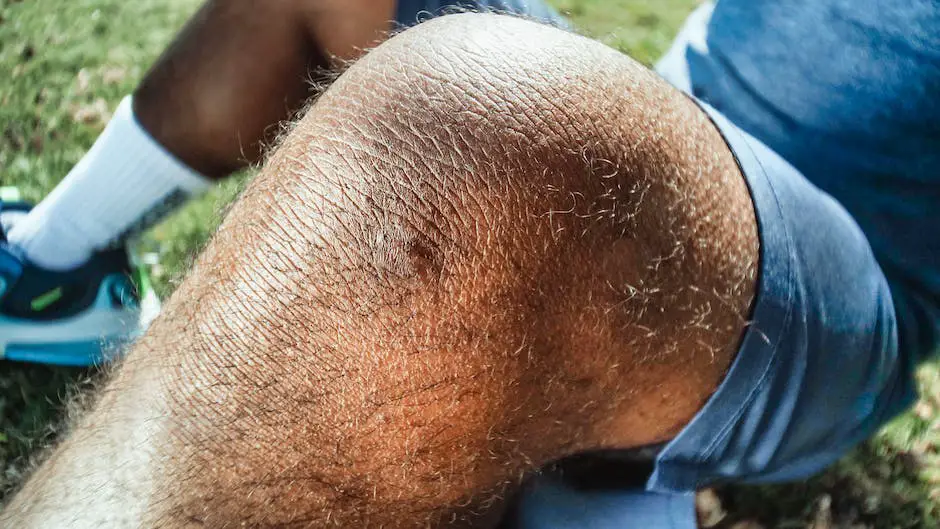Comprehending the makeup of our body, particularly in areas susceptible to frequent injuries, is the first step towards its adequate care, and the prevention or remediation of any potential harm. The calf muscle, one of the most commonly injured areas, plays a critical role in our daily activities, allowing us to walk, run, and jump. But, when this muscle pops or gets injured, it can result in significant pain and discomfort. This knowledge will delve into the intricacies of the calf muscle’s anatomy, the common causes and symptoms of a popped calf muscle, potential diagnoses and treatments, and some effective preventive measures to mitigate the risk of such injuries.
1. Anatomy of the Calf Muscle
Anatomy of the Calf Muscle
The human anatomy consists of two significant muscles forming what we commonly refer to as the calf muscle: the gastrocnemius muscle and the soleus muscle. These muscles, located at the back portion of the lower leg, play a crucial role in human movement, particularly in walking, running, and jumping.
The larger and more visible of the two is the gastrocnemius muscle. This muscle has two parts or “heads,” which give the calf its distinctive shape. It starts behind the knee on the thighbone, stretches down the back of the leg, and attaches to the heel bone with the Achilles tendon’s help.
Just underneath the gastrocnemius is the soleus muscle. Unlike its counterpart, the soleus is a broader, flatter muscle that provides stability and maintains posture. Its function mainly revolves around actions like standing or walking, where we keep our legs straight. It also attaches to the heel bone alongside the gastrocnemius through the common tendon, the Achilles.
Working together, these muscles help push the foot down – a movement called plantar flexion. They can contract powerfully to make the body move forward or upward. Additionally, the calf muscles help pump blood back up from the legs to the heart – a critical aspect of the circulatory system.
Pop in the Calf Muscle and Pain
A sudden pop in the calf muscle, often associated with intense pain, could signify a common injury known as a calf strain or “pulled” muscle. This can occur when the muscle fibers in the calf are stretched beyond their limit, resulting in damage or tears to the small fibers.
The ‘pop’ feeling users commonly report might be moderate (grade 1), causing minor damage to few muscle fibers and resulting in some pain and discomfort, severe (grade 2), where a larger amount of fibers are damaged, causing more substantial pain and difficulty moving, or worst-case (grade 3), a complete rupture of the calf muscle.
For minor to moderate strains, symptoms may include a sharp pain or immediate soreness during activity, swelling, and difficulty walking. For more severe injuries, you might notice a visible bruise or depression where the tear occurred, sensitivity to touch, or even an inability to stand or put weight on the injured leg.
When a pop occurs, immediate treatment involves rest, ice, compression, and elevation (RICE). By managing the injury promptly, you can help alleviate pain, decrease swelling, and protect the injured calf muscle. Be sure not to strain the muscle further, avoid heat, and never attempt to stretch or massage an acutely strained muscle.
Introduction to Calf Muscles
The calf muscles are inherent to the functioning of our musculoskeletal system, significantly contributing to our locomotive abilities and the flow of blood in our bodies. A comprehensive understanding of their anatomical structure, physiological role, and the potential indicators of injury can help preserve their health and smooth operation.

2. Causes and Symptoms of a Popped Calf Muscle
Understanding the Phenomenon of Calf Muscle Pop
The popping of a calf muscle, technically referred to as a calf strain or tear, transpires when these muscles undergo excessive stretching. This overextension could cause the muscle tissues to rupture, ensuing a popping sensation.
Certain activities known to possibly induce a calf muscle pop encompass explosive actions like sprinting, jumping, or any leg-intensive exertion, and sudden directional changes in sports. Undergoing these activities without an optimum warm-up could escalate the risk of calf injury as the unprepped muscles might not withstand the stress.
Apart from strenuous physical activities, underlying health complications can also lead to a calf muscle pop. Prior injuries in the area, especially those inadequately rehabilitated, can predispose the muscles to future tears. Leg or foot structural abnormalities, such as flat feet, can exert irregular pressure on the calf muscles, leading to a rupture. Lastly, the aging process itself poses a risk as it generally results in diminished muscle elasticity and strength, thereby making them more injury-prone.
Identifying the Symptoms of a Popped Calf Muscle
When a calf muscle pops, the symptoms might present immediately and intensely, or they could manifest more slowly and subtly, all depending on how serious the tear is.
One of the most typical symptoms is pain, which can vary in intensity from a dull ache to a piercing, sharp sting. This discomfort usually amplifies when the person stands or walks and can further intensify with activities that involve straining the calf muscles, such as running or jumping.
Another tell-tale symptom of a torn muscle is a sensation of popping or snapping at the time of the injury, usually accompanied by a sharp, sudden pain in the calf.
Other potential signs include swelling or bruising, difficulties in walking or flexing the foot particularly on inclined or uneven surfaces, diminished mobility in the ankle joint. Some may even experience muscle spasms or cramps. In severe instances, a palpable gap, dent, or visible abnormality where the muscle has torn might be noticeable.
Should you suspect a popped calf muscle, it is crucial to consult with a healthcare professional to prevent further damage and promptly initiate the required treatment.

3. Diagnosis and Treatment Options
Detecting a Popped Calf Muscle: the Diagnostic Process
The evaluation of a popped calf muscle often commences with a physical check-up carried out by a medical professional. While conducting the physical examination, the doctor may apply slight pressure to the affected region to spot any situational swelling or deformation, and to measure the severity of the pain. Functional exercises that require calf muscle movement might also be put forward to test your agility.
Complementary to the physical examination, imaging tests such as X-rays, ultrasound, and MRI scans often serve as additional diagnostic tools. An X-ray can reveal a more grievous injury like a fracture, and ultrasound and MRI scans provide comprehensive imagery of the soft tissues, which aids in spotting muscle tears or strains.
Aiming to eliminate the likelihood of deep vein thrombosis (DVT), which can portray symptoms similar to those of a popped calf muscle, doctors might ask for an ultrasound or a D-dimer blood test. D-dimer is a specific protein that appears in the blood only after a blood clot has broken down, hence its increase can suggest the presence of DVT.
Addressing a Popped Calf Muscle
Dealing with a popped calf muscle effectively requires understanding the extent of the injury and the overall health condition of the individual. The intervention options are usually determined by these factors.
The R.I.C.E strategy is widely recommended as the initial remedial measure for minor to moderate muscle injuries. This approach encompasses Rest (staying away from activities that cause pain), Ice (application of ice packs on the injured region for 20-minute intervals to minimize swelling), Compression (using an elastic bandage to stop further swelling and offer support), and Elevation (raising the leg above heart level when feasible to decrease swelling).
To alleviate pain and minimize inflammation, over-the-counter analgesics such as Ibuprofen may be suggested. Engaging in certain stretching exercises could also promote recovery.
In cases of severe muscle tear, intervention from a medical expert might be necessary. This could involve a surgical repair of the muscle, followed by immobilization with a cast or splint to foster healing. Post this, a round of physical therapy may be required to regain muscle strength and encourage flexibility.
The exact treatment strategy could vary based on specific situations. Some possibilities include prescription of muscle relaxants or recommendations for platelet-rich plasma (PRP) injections to expedite recovery. PRP therapy involves drawing the patient’s blood, treating it to increase platelet concentration, and injecting it back into the injured area to amplify the body’s innate healing capabilities.
Given the individual nature of each situation, it’s crucial to adhere to the directions and treatment plan prescribed by a healthcare professional for an efficient and suitable treatment.

4. Effective Preventive Measures for Calf Muscle Injury
Proactive Steps to Prevent Calf Muscle Injuries
Injuries to the calf muscle often occur during sports and other physical activities. The sensation or sound of a ‘pop’ in the calf muscle usually indicates a strain or tear, which may cause immediate pain and discomfort. However, there are several proactive steps one can take to mitigate the risk of such injuries.
Targeted Exercises
Targeted exercises focusing on the calf muscles not only strengthen this area of the body but also make it more resilient to injury. There are several exercises one can incorporate into their routine. Calf raises, for instance, can enhance both endurance and strength. This exercise involves standing upright and lifting your heels off the ground, engaging the calf muscles. Incorporating stretches, such as the towel stretch or standing calf Stretch, can also improve flexibility and reduce rigidity, which, in turn, lowers the risk of muscle strains or tears.
Correct Warm-ups and Cooldowns
Warming up before engaging in any strenuous physical activity is vital. It increases blood flow to the muscles, loosens joints, and can prepare the body for the demands of exercise. An effective warm-up often includes light cardio activity, such as jogging or cycling, and dynamic stretching that mimics the movement of the upcoming activity. Similarly, cooling down allows a gradual reduction in heart rate and helps flush metabolic waste from muscles. Gentle stretches and slow, controlled movements can minimize post-activity stiffness and aid recovery.
Proper Hydration
Staying hydrated before, during, and after exercise can work wonders for preventing muscle injuries. Dehydration can cause muscle cramps, which may lead to injury. Therefore, drinking plenty of fluids helps maintain electrolyte balance, supporting muscle function and potentially preventing muscle damage.
Identifying Warning Signs
Understanding the body’s warning signs can aid in injury prevention. If you experience persistent muscle tightness, fatigue, or sharp pain, it may be a timely indication to take a break or modify your routine. Feeling as though a muscle has “popped” or “snapped” could be a sign of a calf muscle tear, requiring immediate cessation of the activity and prompt medical attention.
To sum up
Consistent strength training and stretching exercises, paired with thorough warm-ups and cool-downs, are crucial elements in the battle against calf muscle injuries. In addition, staying well-hydrated and listening to your body’s signals can significantly reduce the risk of experiencing pain or a pop in the calf muscles.

Knowledge about the anatomy of the calf muscle, the potential causes of injuries, and the corresponding symptoms are vital for early detection and treatment. Understanding the diagnosis process and potential treatment options can help you make informed decisions if faced with such a scenario. Implementing effective preventive measures, including targeted exercises, proper hydration, correct warm-up, and cooldown routines, can greatly reduce the risk of enduring a popped calf muscle. Be in tune with your body, recognize the warning signs, and take timely action to maintain your body’s fitness and health.





























